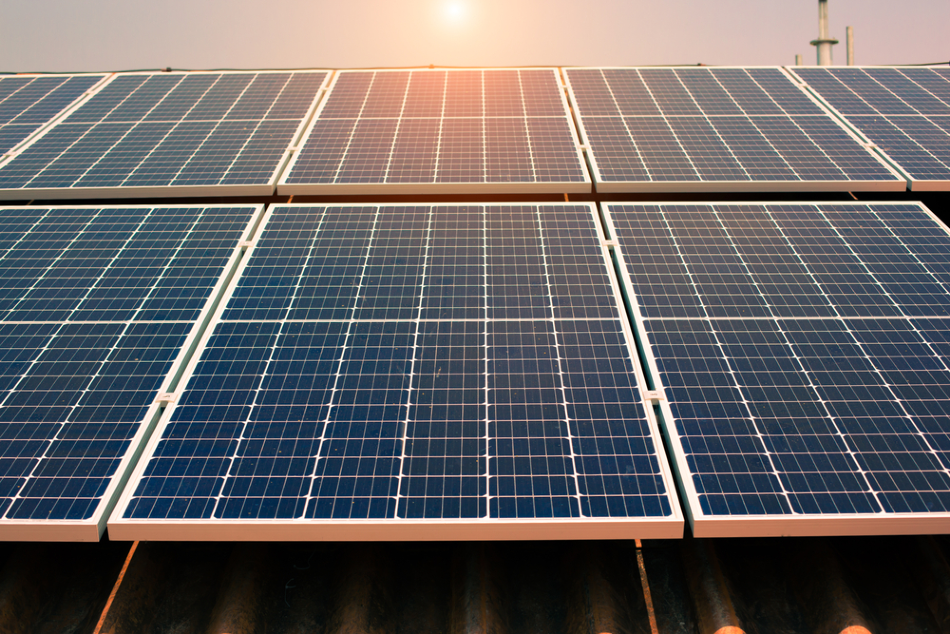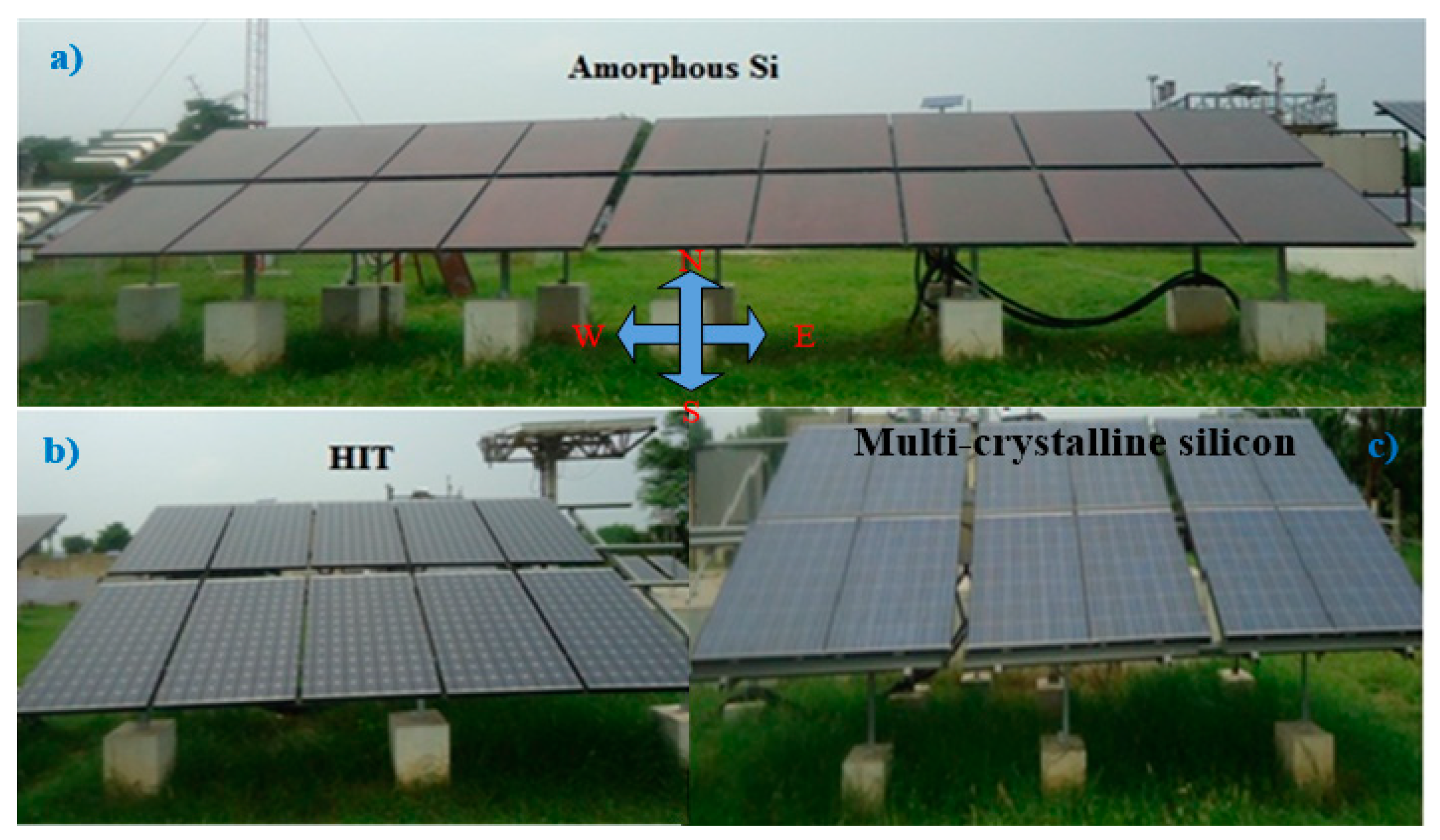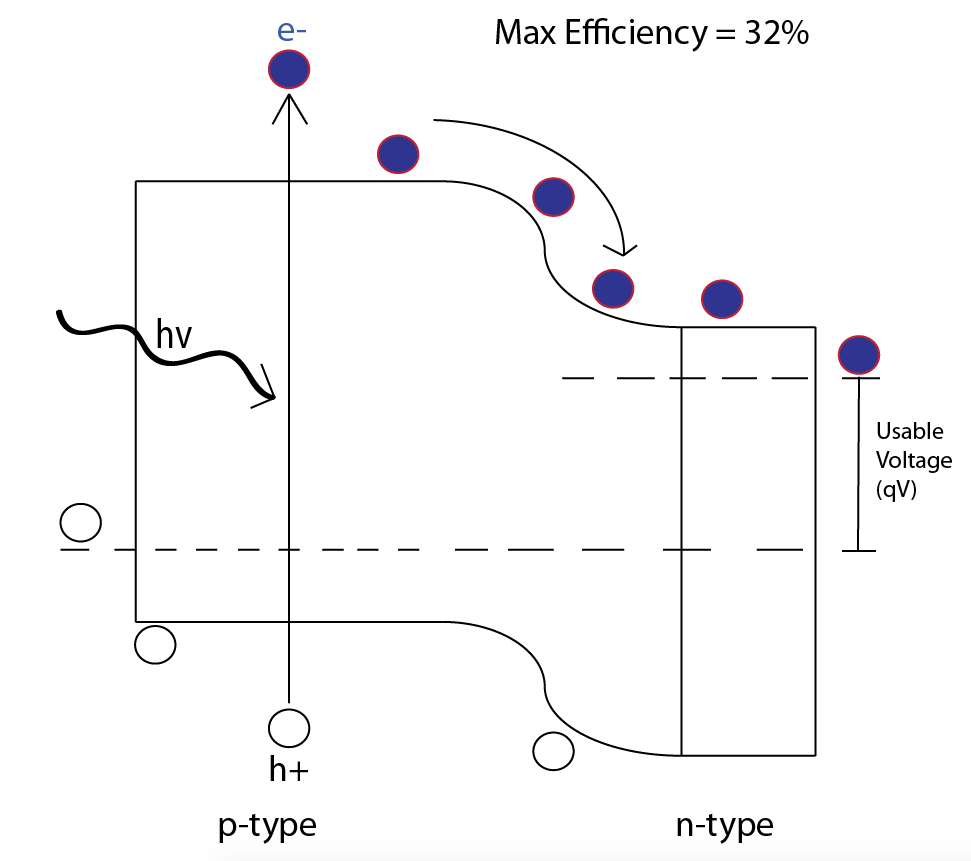Solar cycle solar panel recycling has a long way to go and silicon may be the key a group of researchers evaluates the way forward.
Silicon based solar panels hazardous materials.
However the commercial recycling of modules is not at its full potential yet.
At the moment 90 of all installed solar modules are silicon based.
Solar panels often contain lead cadmium and other toxic chemicals that cannot be removed without breaking apart the entire panel.
The international renewable energy agency predicts that the world will face up to 78 million metric tons of cumulative solar panel wastage by 2050.
Nguyen phd toxic chemicals in solar panels include cadmium telluride copper indium selenide cadmium gallium di selenide copper indium gallium di selenide hexafluoroethane lead and polyvinyl fluoride.
However the commercial recycling of modules is not at its full potential yet.
The recycling process of silicon based pv panels starts with disassembling the actual product to separate aluminium and glass parts.
The international renewable energy agency predicts that the world will face up to 78 million metric tons of cumulative solar panel wastage by 2050.
Silicon based solar panel recycling.
Silicon tetrachloride mentioned above as one of the most toxic chemicals involved in the manufacturing of panels is usually recycled by manufacturers as a cost saving measure.
Many of the other toxic chemicals and products in solar panels can also be recycled.
They can use this byproduct to create more polysilicon and therefore more panels.
Johnson jul 15 2020 7 15 pm utc.
Almost all 95 of the glass can be reused while all external metal parts are used for re molding cell frames.
Silicon tetrachloride a byproduct of producing crystalline silicon is also highly toxic.
At the moment 90 of all installed solar modules are silicon based.
According to cancer biologist david h.
Approximately 90 of most pv modules are made up of glass.
Your weary solar panels contain arsenic cadmium silicon copper and everyone s favorite lead.









.jpg)




.jpg)





























